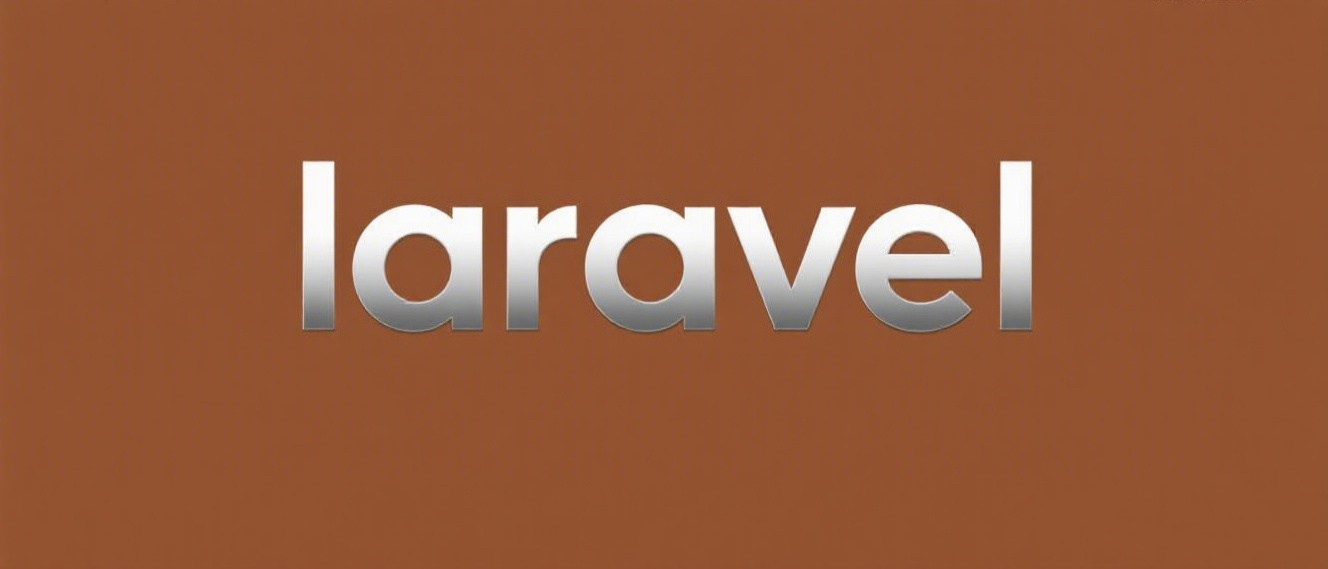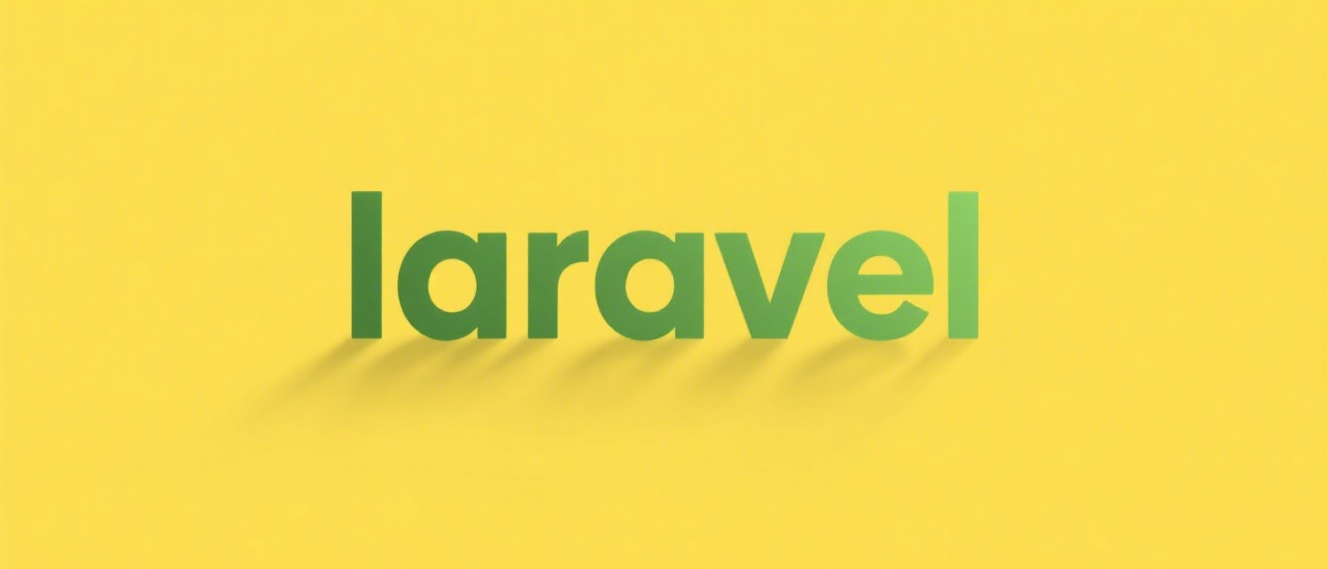CSRF attacks are to use the user to perform unauthorized operations. Laravel uses the middleware VerifyCsrfToken defense to verify the legality of requests using form hidden fields_token. 1. AJAX requests must carry XSRF-Token in the header; 2. CSRF is not enabled by API routing by default, middleware needs to be added manually; 3. Caching pages may cause tokens to be fixed, so you should avoid cache pages containing form or dynamic loading of tokens. Turning off CSRF is suitable for scenarios such as stateless APIs and using OAuth/JWT authentication, but other security mechanisms need to be reliable.

CSRF (Cross-site Request Forgery) attacks are a common security vulnerability in which attackers send malicious requests to authenticated applications by masturbating as users. In Laravel, the framework itself provides a complete set of mechanisms to prevent such attacks, but if you don't understand how it works or is used improperly, it may still leave hidden dangers.

What is a CSRF attack?
Simply put, CSRF uses the user's identity that is already logged in and performs certain operations without the user's knowledge. For example, if you log in to your account on the bank website and then visit a malicious website, the website will automatically initiate a transfer request. If the bank does not have any precautions, it may mistakenly believe that it was your own operation.

The reason why this attack is successful is that the browser will automatically bring you cookies to the target website, and the server cannot determine whether the request comes from you who initiated it.
How does Laravel defend against CSRF?
Laravel enables CSRF protection mechanism by default, which is mainly implemented through the middleware VerifyCsrfToken . Its core logic is:

- Add a hidden
_tokento each form, which is a random value generated by the server and bound to the current session. - Laravel will verify that the token is legal every time a POST, PUT, PATCH, or DELETE request is submitted.
- If the token does not match or is missing, a TokenMismatchException exception will be thrown.
In addition, Laravel also provides the @csrf Blade directive to conveniently insert the token field, which is recommended for use in all non-GET forms.
What situations are easily overlooked?
Although Laravel has done a lot of protection, in actual development, the following points are prone to problems:
-
AJAX request does not carry tokens : By default, Laravel requires AJAX requests to bring XSRF-Tokens in the header. You can automatically handle it by adding meta tags to the page and using libraries such as Axios:
<meta name="csrf-token" content="{{ csrf_token() }}">Then set:
$.ajaxSetup({ headers: { 'X-CSRF-TOKEN': $('meta[name="csrf-token"]').attr('content') } }); API routing bypass CSRF verification : If you are using
api.phprouting file, it does not pass through thewebmiddleware group by default, and CSRF verification will not be enabled. If you want the API interface to support session-based CSRF protection, you need to manually add related middleware.Caching pages leads to token fixation : If you cache the page containing CSRF token, it will cause multiple users to get the same token, which may cause security risks. Therefore, avoid cached pages containing forms, or use dynamically loading tokens.
When can CSRF be turned off?
In some scenarios, CSRF protection is indeed not required, such as:
- Build a stateless API (such as for mobile)
- Use OAuth or JWT authentication mechanism
- All requests are verified through token-based
At this time, you can choose to move the route out of the web middleware group, or directly exclude specific routes from the VerifyCsrfToken middleware.
However, once you decide to turn off CSRF, make sure you already have other more secure authentication mechanisms to replace it.
Basically that's it.
The above is the detailed content of Understanding and Preventing CSRF Attacks in Laravel?. For more information, please follow other related articles on the PHP Chinese website!

Hot AI Tools

Undress AI Tool
Undress images for free

Undresser.AI Undress
AI-powered app for creating realistic nude photos

AI Clothes Remover
Online AI tool for removing clothes from photos.

Clothoff.io
AI clothes remover

Video Face Swap
Swap faces in any video effortlessly with our completely free AI face swap tool!

Hot Article

Hot Tools

Notepad++7.3.1
Easy-to-use and free code editor

SublimeText3 Chinese version
Chinese version, very easy to use

Zend Studio 13.0.1
Powerful PHP integrated development environment

Dreamweaver CS6
Visual web development tools

SublimeText3 Mac version
God-level code editing software (SublimeText3)

Hot Topics
 What are policies in Laravel, and how are they used?
Jun 21, 2025 am 12:21 AM
What are policies in Laravel, and how are they used?
Jun 21, 2025 am 12:21 AM
InLaravel,policiesorganizeauthorizationlogicformodelactions.1.Policiesareclasseswithmethodslikeview,create,update,anddeletethatreturntrueorfalsebasedonuserpermissions.2.Toregisterapolicy,mapthemodeltoitspolicyinthe$policiesarrayofAuthServiceProvider.
 How do I install Laravel on my operating system (Windows, macOS, Linux)?
Jun 19, 2025 am 12:31 AM
How do I install Laravel on my operating system (Windows, macOS, Linux)?
Jun 19, 2025 am 12:31 AM
Yes,youcaninstallLaravelonanyoperatingsystembyfollowingthesesteps:1.InstallPHPandrequiredextensionslikembstring,openssl,andxmlusingtoolslikeXAMPPonWindows,HomebrewonmacOS,oraptonLinux;2.InstallComposer,usinganinstalleronWindowsorterminalcommandsonmac
 What are controllers in Laravel, and what is their purpose?
Jun 20, 2025 am 12:31 AM
What are controllers in Laravel, and what is their purpose?
Jun 20, 2025 am 12:31 AM
The main role of the controller in Laravel is to process HTTP requests and return responses to keep the code neat and maintainable. By concentrating the relevant request logic into a class, the controller makes the routing file simpler, such as putting user profile display, editing and deletion operations in different methods of UserController. The creation of a controller can be implemented through the Artisan command phpartisanmake:controllerUserController, while the resource controller is generated using the --resource option, covering methods for standard CRUD operations. Then you need to bind the controller in the route, such as Route::get('/user/{id
 How do I customize the authentication views and logic in Laravel?
Jun 22, 2025 am 01:01 AM
How do I customize the authentication views and logic in Laravel?
Jun 22, 2025 am 01:01 AM
Laravel allows custom authentication views and logic by overriding the default stub and controller. 1. To customize the authentication view, use the command phpartisanvendor:publish-tag=laravel-auth to copy the default Blade template to the resources/views/auth directory and modify it, such as adding the "Terms of Service" check box. 2. To modify the authentication logic, you need to adjust the methods in RegisterController, LoginController and ResetPasswordController, such as updating the validator() method to verify the added field, or rewriting r
 How do I use Laravel's validation system to validate form data?
Jun 22, 2025 pm 04:09 PM
How do I use Laravel's validation system to validate form data?
Jun 22, 2025 pm 04:09 PM
Laravelprovidesrobusttoolsforvalidatingformdata.1.Basicvalidationcanbedoneusingthevalidate()methodincontrollers,ensuringfieldsmeetcriterialikerequired,maxlength,oruniquevalues.2.Forcomplexscenarios,formrequestsencapsulatevalidationlogicintodedicatedc
 Selecting Specific Columns | Performance Optimization
Jun 27, 2025 pm 05:46 PM
Selecting Specific Columns | Performance Optimization
Jun 27, 2025 pm 05:46 PM
Selectingonlyneededcolumnsimprovesperformancebyreducingresourceusage.1.Fetchingallcolumnsincreasesmemory,network,andprocessingoverhead.2.Unnecessarydataretrievalpreventseffectiveindexuse,raisesdiskI/O,andslowsqueryexecution.3.Tooptimize,identifyrequi
 How do I escape HTML output in a Blade template using {{{ ... }}}? (Note: rarely used, prefer {{ ... }})
Jun 23, 2025 pm 07:29 PM
How do I escape HTML output in a Blade template using {{{ ... }}}? (Note: rarely used, prefer {{ ... }})
Jun 23, 2025 pm 07:29 PM
InLaravelBladetemplates,use{{{...}}}todisplayrawHTML.Bladeescapescontentwithin{{...}}usinghtmlspecialchars()topreventXSSattacks.However,triplebracesbypassescaping,renderingHTMLas-is.Thisshouldbeusedsparinglyandonlywithfullytrusteddata.Acceptablecases
 How do I mock dependencies in Laravel tests?
Jun 22, 2025 am 12:42 AM
How do I mock dependencies in Laravel tests?
Jun 22, 2025 am 12:42 AM
TomockdependencieseffectivelyinLaravel,usedependencyinjectionforservices,shouldReceive()forfacades,andMockeryforcomplexcases.1.Forinjectedservices,use$this->instance()toreplacetherealclasswithamock.2.ForfacadeslikeMailorCache,useshouldReceive()tod






